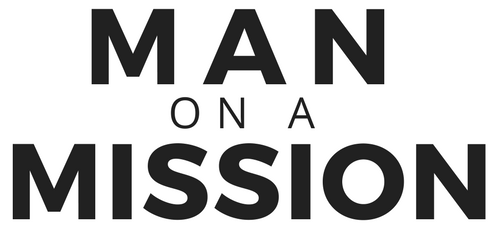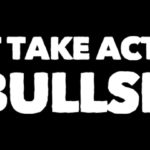
What is a recovery run? And why are they important?
What is a recovery run? Probably the most important thing that your aren’t doing!
So you started running a few weeks ago to lose a few pounds, or just to start getting back into shape, and you are feeling good.
You are running a few times a week and really starting to (almost) like it.
After a few weeks you start thinking about maybe (just maybe, kinda, sorta) doing one of those 5k things, or even one of those god awful 26 mile pain parades.
But here is the problem.
Even though you are running consistently you don’t seem to be getting much faster AND you are feeling pretty beat up after your runs lately.
Want to know whats missing?
Recovery runs!
What exactly is a recovery run?
A recovery run is basically a slow, short run performed after (usually within 24 hours) a harder, longer or more intense run (like intervals).
In other words, a recovery run it is simply an easier run performed after a hard run.
What it really means is a run that doesn’t beat your body to shit.
On the training difficulty scale a recovery run is usually the easiest training day of your running routine…other than rest days of course.
What’s the purpose of a recovery run?
The basic purpose let your body do just what it says….RECOVER.
It know it seems counter intuitive, but a recovery run IS actually giving your body a chance to recover….actively.
WTF does that mean?
Active recovery focuses on low intensity exercise that activates blood flow to promote muscle recovery from more intense exercise or workouts.
As a form of active recovery a recovery run provides an opportunity for the body to recover by engaging the soft tissue (muscles, tendons, ligaments) and promoting blood flow without overstressing the muscles.
Why you should do them
- You burn more fat – because faster runs use more carbs for fuel while slower runs burn more fat
- It help increase you aerobic capacity
- Easier runs train your system to work more efficiently which allows you to run with less effort on your fast runs
- It develops different muscle fibers (slow twitch)
- It helps your body adapt to the stress of running with less wear and tear
- The slower pace lets you focus on proper running form
- It gives you a mental break and builds your running confidence
How you should do a recovery run
The first rule of thumb is that it should FEEL EASY.
Run at a comfortable pace.
That usually means at a pace that you can hold a conversion with someone as you run.
The second rule is that it should be FUN.
Don’t worry about your time or pace.
Here’s a good tip for you.
Change it up!
Don’t do your recovery run on the same route or on the same surface that you do your hard and fast runs.
Find a FUN spot to run with a GORGEOUS view to do your run!
How about a route by the beach or lake? Where is there a cool trail with some awesome scenery?
Look for a place where you can do your recovery run on a trail or grass that also has a great view since this will naturally slow you down.
In conclusion, just remember that the main purpose of a recovery run is to let your BODY and MIND recover…so just enjoy yourself!




